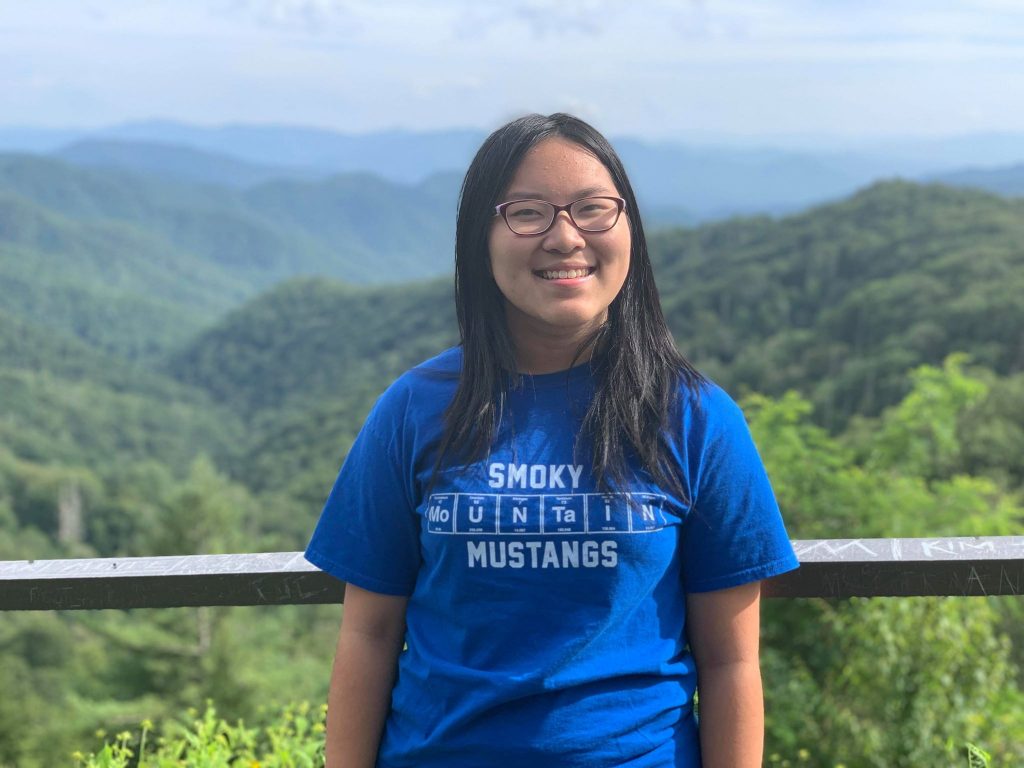This is the first of several posts written by students at the North Carolina School of Science and Math as part of an elective about science communication with Dean Amy Sheck.
Claudia Gunsch, the Theodore Kennedy distinguished associate professor in the department of civil and environmental engineering, wants to know how to engineer a microbial community. An environmental engineer with a fascination for the world at the micro level, Gunsch takes a unique approach to solving the problem of environmental pollution: She looks to what’s already been done by nature.

Gunsch and her team seek to harness the power of microbes to create living communities capable of degrading contamination in the environment.
“How can you engineer that microbial community so the organisms that degrade the pollutant become enriched?” she asks. “Or — if you’re thinking about dangerous pathogenic organisms — how do you engineer the microbial community so that those organisms become depressed in that particular environment?”
The first step, Gunsch says, is to figure out who’s there. What microbes make up a community? How do these organisms function? Who is doing what? Which organisms are interchangeable? Which prefer to live with one another, and which prefer not living with one another?
“Once we can really start building that kind of framework,” she says, “we can start engineering it for our particular purposes.”
Yet identifying the members of a microbial community is far more difficult than it may seem. Shallow databases coupled with vast variations in microbial communities leave Gunsch and her team with quite a challenge. Gunsch, however, remains optimistic.

“The exciting part is that we have all these technologies where we can sequence all these samples,” she says. “As we become more sophisticated and more people do this type of research, we keep feeding all of this data into these databases. Then we will have more information and one day, we’ll be able to go out and take that sample and know exactly who’s there.”
“Right now, it’s in its infancy,” she says with a smile. “But in the long-term, I have no doubt we will get there.”
Gunsch is currently working on Duke’s Superfund Research Center designing bioremediation technologies for the degradation of polycyclic aromatic hydrocarbon (PAH) contamination. These pollutants are extremely difficult to break down due to their tendency to stick strongly onto soil and sediments. Gunsch and her team are searching for the right microbial community to break these compounds down — all by taking advantage of the innate capabilities of these microorganisms.

Step one, Gunsch says, has already been completed. She and her team have identified several different organisms capable of degrading PAHs. The next step, she explains, is assembling the microbial communities — taking these organisms and getting them to work together, sometimes even across kingdoms of life. Teamwork at the micro level.
The subsequent challenge, then, is figuring out how these organisms will survive and thrive in the environment they’re placed in, and which microbial seeds will best degrade the contamination when placed in the environment. This technique is known as “precision bioremediation” — similar to precision medicine, it involves finding the right solution in the right amounts to be the most effective in a certain scenario.
“In this particular case, we’re trying to figure out what the right cocktail of microbes we can add to an environment that will lead to the end result that is desired — in this case, PAH degradation,” Gunsch says.
Ultimately, the aim is to reduce pollution and restore ecological health to contaminated environments. A lofty goal, but one within sight. Yet Gunsch sees applications beyond work in the environment — all work dealing with microbes, she says, has the potential to be impacted by this research.
“If we understand how these organisms work together,” she says, “then we can advance our understanding of human health microbiomes as well.”

Post by Emily Yang, NCSSM 2021
